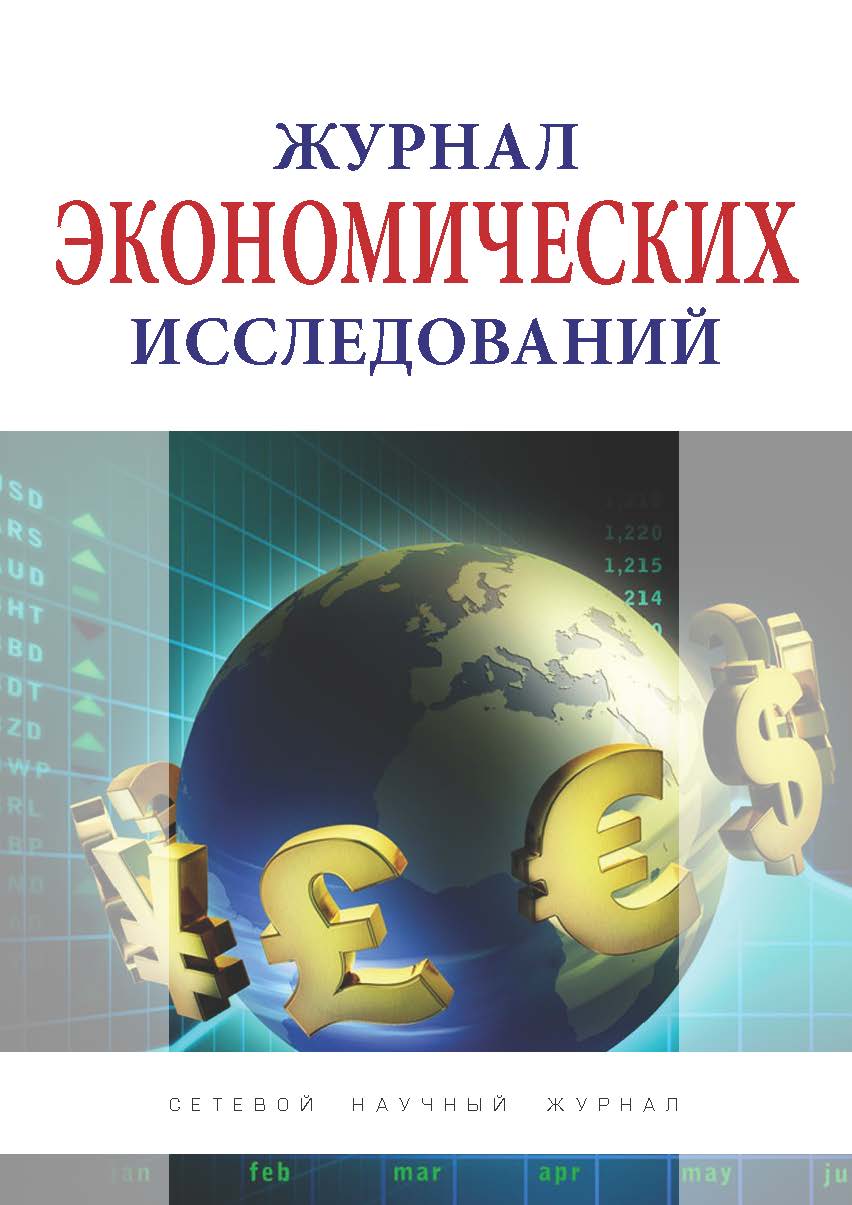The aim of this research is to identify the key trends of forming of international reserves in conditions of foreign exchange liberalization with paying special attention to BRICS countries. The main purpose of the article is to evaluate the approach used by countries while forming international reserves. The objectives are to give a quantitative characteristic of international reserves and to clarify the theoretical concepts that justify the role of international reserves in conditions of foreign exchange liberalization. The countries’ international reserves are analyzed and the comparative analysis of indicators of international reserves and their evaluation is made on the basis of general methods of scientific knowledge. Considerable changes in the structure and dynamics of international reserves are revealed in the article. The range of theoretical problems is defined, where the theory of optimum currency area considers international reserves. In the article there is also defined a contradiction between theoretical views on the formation of international reserves and practical actions implemented by countries. In conditions of increasing foreign exchange liberalization the countries don’t seem to be willing to unite and form currency areas. Such situation leads to the destruction of theoretical concepts favoring liberalization and to the impossibility of their implementing in practice.
world monetary system, optimum-currency-areas, capital flow liberalization, exchange-rate regimes, international reserves
1. Garsia Tovar E.D. Vliyanie globalizatsii na finansovoe razvitie formiruyushchikhsya ekonomik [Tekst] / E.D. Garsia Tovar. Finansovyy zhurnal. - 2012. - № 1. - S. 37-48.
2. Gosudarstvennoe regulirovanie dobychi, proizvodstva i obrashcheniya dragotsennykh metallov i dragotsennykh kamney: zarubezhnaya praktika [Tekst] / pod red. I.A.Yakovleva. - M.: Magistr: Infra-M, 2015.
3. Drobyshevskiy S.M. Kolichestvennye izmereniya denezhno-kreditnoy politiki Banka Rossii [Tekst] / S.M. Drobyshevskiy. - M.: Izdatel´stvo «Delo» RANKh i GS, 2011.
4. Ponomarev A.V. Peremeshchenie kapitala i mezhvremennaya nesostoyatel´nost´ pravitel´stva [Tekst] / A.V. Ponomarev. Finansovyy zhurnal. - 2013. - № 1. - S. 33-38.
5. Assessing Macroprudential Policies in a Financial Stability Framework. Washington, D.C.: International Monetary Fund, 2014 [Electronic resource]. Available at: http://www.imf.org/external/pubs/nft/2014/areaers /ar2014.pdf
6. Dellas, N. An Optimum Currency Area Odyssey. Journal of International Money and Finance, 2009 [Electronic resource] / Dellas, N., George S. Tavlas. URL: http://stevereads.com/papers_to_read/an_optimum_ currency_area_odyssey.pdf
7. Ishiyama, I. The Theory of Optimum Currency Areas: A Survey [Electronic resource] / I. Ishiyama. IMF Staff Papers. - 1975. - № 22. URL: http://www.palgravejournals.com/imfsp/journal/v22/n2/pdf/imfsp197511a.pdf
8. Luca, A. Ricci. A Model of an Optimum Currency Area. IMF Working paper, 1997 [Electronic resource]. URL: http://www.imf.org/external/pubs/ft/wp/wp9776.pdf
9. Michael, W. Kleinand. Exchange Rate Regimes in the Modern Era [Electronic resource] / W. Michael Kleinand, C. Jay, Shambaugh. MassachusettsInstituteofTechnology, 2010.
10. Mc Kinnon, R. Optimum currency areas [Electronic resource]. American Economic Review. - 1963. - Vol. 53, № 4. Rr. 717-725. URL:http://www.experimentalforschung.econ.uni-muenchen.de/studium/ veranstaltungsarchiv/sq2/mckinnon_aer 1963.pdf
11. Mongelli, F. «New» Views on the Optimum Currency Area Theory: What is EMU Telling US? [Electronic resource] / F. Mongelli. ECB Working paper. - 2002. - № 138 URL: http://repec.org/res2002/Mongelli.pdf
12. Dannye Natsional´nogo Kaznacheystva YuAR, National Treasury, Republic of South Africa [Electronic resource]. http://www.treasury.gov.za/brics/sbe.aspx (assessed 13.09.2015).






